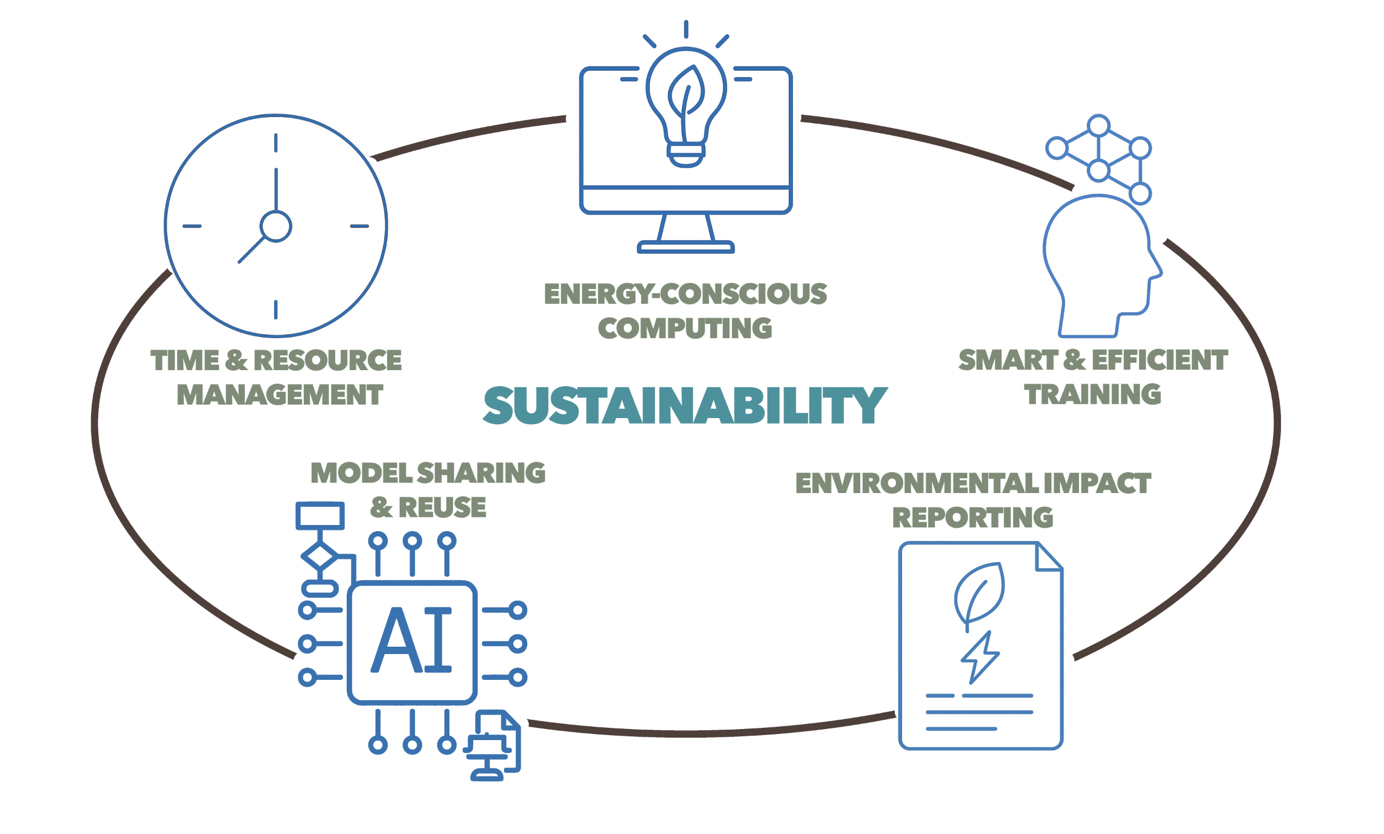AI raises important sustainability concerns. Many large-scale AI models have a heavy and significant energy load, both in terms of training and deployment. The carbon footprint of running these can be substantial, especially when models are retrained frequently, deployed repetitively and used in larger-scale operations. There are also concerns surrounding electronic waste and the cost of running data centres to the environment.

The circle of sustainability
To address these challenges responsibly, developers and organisations should prioritise energy-efficient model architectures, make use of renewable energy sources where possible and carefully consider repetitive deployment and excessive retraining. Complex reinforcement learning models can often involve vast numbers of simulations and calculations, run over trillions-strong neural connections. Whereas classical machine learning is comparatively highly efficient. Selecting the power of the models being used and matching these to the demand of the application is essential in managing carbon footprint. Upholding transparency in reporting the environmental impact of AI-led activities, together with setting explicit sustainability targets, are additional responsibilities of the researcher when using AI technologies, ethically.